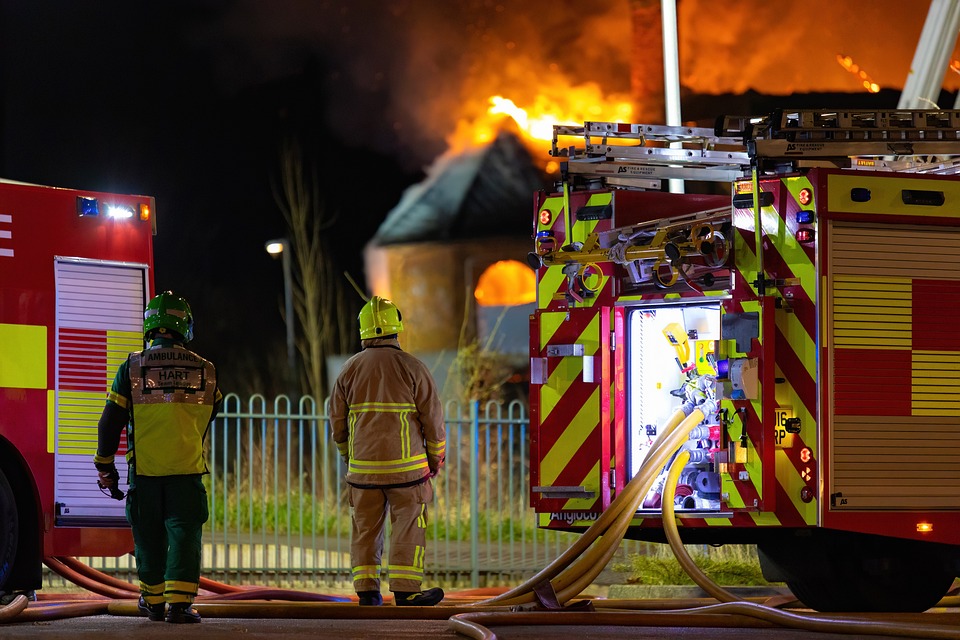The Origins of Military Brigades
Military brigades have a long and storied history that dates back centuries. The term “brigade” originally referred to a group of soldiers organized for a specific purpose or mission. In ancient times, brigades were often comprised of a fixed number of troops, typically between 500 and 2,000 soldiers. These units were commanded by a brigadier general and were organized based on their fighting capabilities, such as infantry, cavalry, or artillery.
One of the earliest recorded uses of military brigades dates back to ancient Rome, where legions were divided into smaller units known as cohortes. These cohorts were further divided into maniples, which were similar to modern brigades in that they were self-contained units with their own leaders and logistical support.
The Evolution of Military Brigades
Over time, the concept of military brigades evolved to meet the changing needs of warfare. In the 18th and 19th centuries, military brigades became larger and more specialized, with distinct units for infantry, cavalry, and artillery. These brigades were further divided into regiments, battalions, and companies, each with its own specific role on the battlefield.
During the Napoleonic Wars, military brigades played a crucial role in the organization of armies and the coordination of troops. Brigades were often used as the building blocks of larger formations, such as divisions and corps, and were responsible for carrying out specific tasks and missions.
The Rise of the Modern Military Brigade
In the 20th century, the concept of military brigades underwent another transformation with the rise of mechanized warfare and the increased use of combined arms tactics. Military leaders realized the need for more flexible and agile units that could respond quickly to changing battlefield conditions.
Modern military brigades are typically organized around a core of infantry, supported by armor, artillery, and other specialized units. These brigades are designed to be self-sustaining and capable of operating independently on the battlefield. They are often structured around a brigade combat team (BCT), which includes a mix of different units and capabilities.
The Role of Military Brigades in Modern Warfare
Today, military brigades play a critical role in the organization and operation of modern armies. They are the primary building blocks of larger formations, such as divisions and corps, and are responsible for carrying out specific missions and tasks.
Military brigades are typically led by a brigade commander, who is responsible for the overall direction and coordination of the unit. They are supported by a staff that includes officers and non-commissioned officers with specialized skills and expertise.
Brigades are often organized around a specific type of combat unit, such as infantry, armor, or artillery. They are trained to work together as a cohesive team and to coordinate their efforts with other brigades and units on the battlefield.
The Future of Military Brigades
As warfare continues to evolve, the role of military brigades is likely to change as well. Advances in technology, such as drones, cyber warfare, and autonomous vehicles, are reshaping the battlefield and creating new challenges for military leaders.
One possible future for military brigades is the increased use of multi-domain operations, where units are trained to operate in multiple domains, such as land, sea, air, space, and cyberspace. This could require brigades to be more adaptable and versatile in their capabilities and to work closely with other units and agencies to achieve their objectives.
Another potential future for military brigades is the development of hybrid warfare capabilities, where units are trained to operate in a variety of different environments and against a range of adversaries. This could require brigades to be more agile and flexible in their operations and to be able to rapidly shift their focus from one type of threat to another.
In conclusion, military brigades have a long and illustrious history that dates back centuries. From their origins in ancient Rome to their role in modern warfare, brigades have played a crucial role in the organization and operation of armies. As warfare continues to evolve, the role of military brigades is likely to change as well, requiring them to be more adaptable, versatile, and agile in their capabilities. Regardless of how warfare changes in the future, one thing is clear: military brigades will continue to be a vital component of modern armies.


